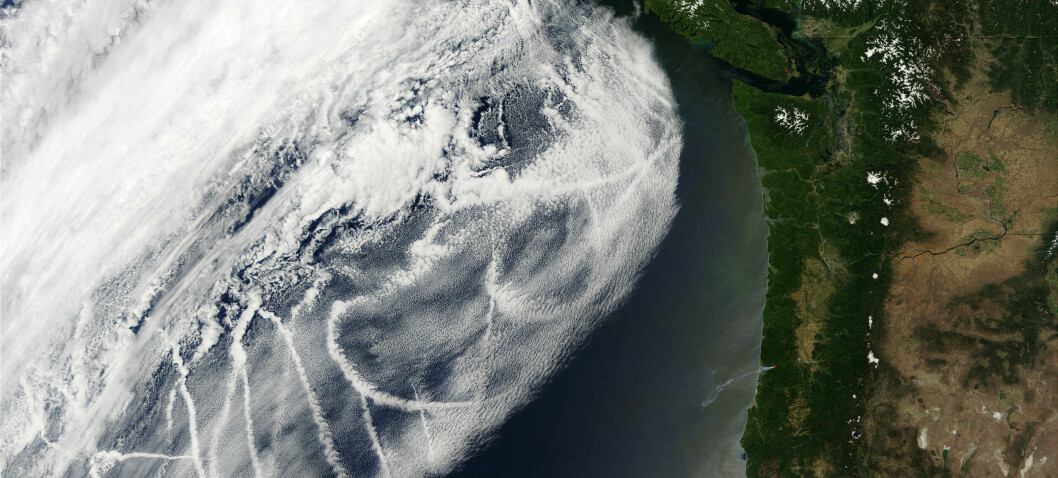INNOVATION
Advertisement
As the Earth gets warmer, different concepts are being explored to manipulate the climate. Scientists have now tested a device that can fill clouds with sea salt and make them reflect away more sunlight.
The earth is getting warmer and the heat records follow each other. Different research groups are working to solve this. Among other things, large-scale manipulation of the climate is discussed, which is called geoengineering and includes many different concepts.
A project that was current in Sweden was Scopex from Harvard University. The idea was to scatter particles in the stratosphere from a balloon launched from Esrange just east of Kiruna. The particles would then reflect away the sun's rays. But after years of criticism and delays, the project was shelved in March 2024.
Recently, another research group from the University of Washington conducted a project on the ocean outside San Francisco, USA. In the long term, they want to be able to influence the clouds' reflectivity to keep the sun's rays away from the earth.
Low-hanging clouds should be filled with sea salt
Clouds are already reflecting sunlight back into space. But this is what the scientists want to amplify to raise the proportion of sunlight that bounces away from us, leading to a lower temperature on Earth. To succeed in this, they need to make the clouds brighter.
Advertisement
In English, the concept is called Marine Cloud Brightening. In short, it involves spraying aerosols, small particles, into the clouds.
The researchers from the University of Washington have recently installed and tested a special kind of spray device on board the decommissioned aircraft carrier Hornet. Like a snow machine, writes New York Times who have followed the project.
The goal of the first test was to see if they could continuously create particles of salt from seawater of the right size to light up the clouds as the research team wants.
Particles that are too large can have the opposite effect and instead cause the clouds to let more light through.
The next step may be to send the particles into the low-lying clouds over the ocean. Whether the particles created are the right size to brighten the clouds remains to be seen, with results from the first test taking several months, according to the New York Times.
The researchers write however, that the initial tests do not create enough aerosols to affect the local weather. Waves breaking along the coast continuously throw more salt into the atmosphere than the research project.
Ships already bring lighter clouds
There are criticisms of projects of this type. One concern is that large-scale geoengineering will affect the climate too much or cause unpredictable consequences.
– I hope, and I think my colleagues hope, that we never need these things, says Sarah Doherty, researcher at the University of Washington and the leader of the project, to the New York Times.
The side effects of geoengineering are uncertain and need to be studied, according to scientists. But they also believe that it is important to know if the technology works, in case humanity needs it.
Today, there are already things that affect the clouds' ability to reflect sunlight. For example, ships release aerosols of various types from their engines. It can be seen via satellite images where bright trails form in the clouds along the ships' routes.
However, the effect from the ships has decreased when the emissions from the shipping industry have decreased, which has caused the clouds in turn to reflect away less sunlight.
Even in Australia scientists have used seawater to create brighter clouds to reflect away more sunlight. There, the effects are examined to see if it is possible to prevent the bleaching of coral reefs.
